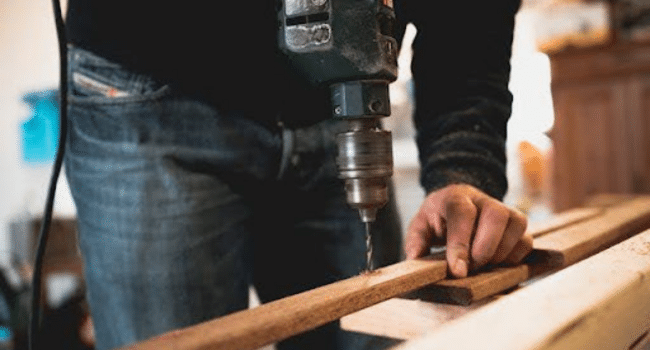Table of Contents
The constantly evolving construction business is seeing significant changes due to technology. Innovation is changing the way things are done, from robots that lay bricks with ease to drones that soar above construction sites. As we examine the five digital trends that are altering the construction industry, get ready to learn about the cutting-edge innovations that will propel the industry into the future. Learn how sustainability, automation, and digitization are changing conventional methods with each trend to see how it will eventually lead to safer, more intelligent, and more effective construction projects.
Precision in Construction from Above:
Due to their ability to provide precise overhead mapping and observation, drones are becoming increasingly important in modern building projects. These uncrewed aerial vehicles are utilized for site surveying, offering comprehensive perspectives on the topography and structural attributes. Drones not only improve safety by examining dangerous locations, but they also save a lot of time and money by expediting the surveying process. Drones help construction teams monitor project progress effectively and make well-informed decisions by capturing high-resolution images and data. Their adaptability renders them indispensable instruments for an array of assignments, ranging from preliminary site evaluations to continuous observation throughout the construction process.
Digitalizing Construction with Building Information Modeling (BIM)
By digitizing project planning and execution, Building Information Modeling (BIM) transforms the construction industry. Using digital representations of building designs and components, BIM makes it easier for contractors, engineers, and architects to collaborate. Stakeholders may visualize and thoroughly examine designs using shared BIM models, which facilitates more effective decision-making and project management. The seamless integration of structural, architectural, and MEP (mechanical, electrical, and plumbing) systems can be made possible by using software such as BIM Revit, which can guarantee accuracy and synchronization throughout the building process. This digital method leads to better-built structures and a smoother project delivery process by increasing productivity, reducing errors, and optimizing resource allocation.
Prefabrication for Enhanced Efficiency:
By prefabricating components off-site and assembling them on-site, modular construction provides a more efficient building method. By enabling simultaneous work on site preparation and module manufacture, this technology shortens project durations. Modular construction lowers the possibility of weather delays and guarantees higher quality standards by building modules in controlled manufacturing conditions. Furthermore, compared to conventional construction techniques, the assembly process produces less material waste, supporting environmental initiatives. Because of its adaptability, modular construction may be used to create a wide range of building types, including commercial and residential buildings, and it provides for customization and creative freedom.
Sustainable Building Techniques:
In order to lessen their impact on the environment and increase resource efficiency, sustainable construction practices are becoming more and more important in the sector. Sustainability objectives are aided by tactics including employing renewable resources, putting energy-efficient designs into practice, and obtaining green building certifications. Construction projects can reduce their carbon footprint, preserve natural resources, and give their occupants healthier indoor environments by implementing these principles. Furthermore, environmentally friendly building practices increase long-term cost savings and raise the general standard of constructed buildings. The future of the building sector depends on the incorporation of sustainable methods as environmental issues gain more attention.
Technologies for Smart Buildings:
Building design, construction, and operation are changing as a result of smart building technologies, which prioritize efficiency and connectivity. Buildings may reduce their energy use, increase security, and improve tenant comfort thanks to these technologies. They include Internet of Things (IoT) devices, sensors, and automation systems. Real-time data monitoring and analysis can uncover potential for automation and optimization in smart buildings. This reduces maintenance expenses and boosts operational efficiency. Furthermore, by incorporating smart building technologies, buildings may adjust to shifting occupant preferences and environmental conditions, leading to the creation of more sustainable and responsive built environments. The construction sector is expected to increasingly incorporate smart building technology as the need for more intelligent and networked structures increases.
Conclusion:
Acknowledging drones, robotics, modular building, BIM, augmented reality, and virtual reality can lead to unprecedented levels of sustainability, safety, and efficiency. Imagine a time when building projects are carried out quickly and precisely, propelled by teamwork and creativity, as you consider these trends. In addition to streamlining procedures, the integration of these technologies is expected to produce constructed environments that are more intelligent and resilient.
Image Source – Pexels
Read More on KulFiy
